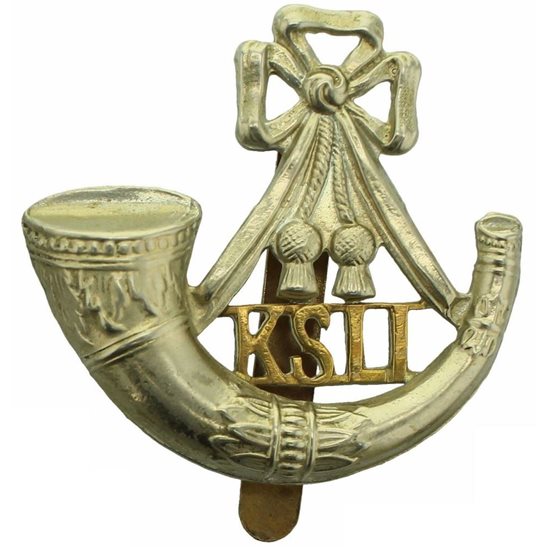Personal Details
Born: 7 April 1878 in Whitchurch, Shropshire.
Family: He was the youngest of five sons born to Josiah Ridgway, a clockmaker, and Ann his wife. In 1912 Josiah married Ada Brown in Whitchurch and the following year their daughter Vera was born.
Residence: According to the Censuses of 1881 and 1891 Josiah was living with his parents and siblings in Waymills, Whitchurch. Ten years later he was known as Ernest Ridgway and still residing with the family at 10 Waymills, Whitchurch. By 1911 it was just Ernest and his brother Thomas left living at this address. The 1919 Absent voters list gives the same address. Even after his marriage Ernest lived at 10 Waymills, as the 1939 Register records.
Employment: In 1901 his occupation was that of journeyman tailor. Ernest was listed as a tailor in both the 1911 census and the 1939 Register.
Died: Aged 81 during the last three months of 1959 in Whitchurch.
Military Details
Regiment: King’s Shropshire Light Infantry
Rank: Private
Service Number: 24721
Date of Enlistment: Not known
Date of Discharge: Not known
Reason for Discharge: Not known
Other Information: Ernest’s nephew, Clement Sandland Ridgway, also served in WW1 as a Private in the South Wales Borderers and then the Northumberland Fusiliers.
Ernest was awarded the Campaign Medals (British War Medal and Victory Medal)

The British War Medal (also known as 'Squeak') was a silver or bronze medal awarded to officers and men of the British and Imperial Forces who either entered a theatre of war or entered service overseas between 5th August 1914 and 11th November 1918 inclusive. This was later extended to services in Russia, Siberia and some other areas in 1919 and 1920. Approximately 6.5 million British War Medals were issued. Approximately 6.4 million of these were the silver versions of this medal. Around 110,000 of a bronze version were issued mainly to Chinese, Maltese and Indian Labour Corps. The front (obv or obverse) of the medal depicts the head of George V. The recipient's service number, rank, name and unit was impressed on the rim.
The Allied Victory Medal (also known as 'Wilfred') was issued by each of the allies. It was decided that each of the allies should each issue their own bronze victory medal with a similar design, similar equivalent wording and identical ribbon. The British medal was designed by W. McMillan. The front depicts a winged classical figure representing victory. Approximately 5.7 million victory medals were issued. Interestingly, eligibility for this medal was more restrictive and not everyone who received the British War Medal ('Squeak') also received the Victory Medal ('Wilfred'). However, in general, all recipients of 'Wilfred' also received 'Squeak' and all recipients of The 1914 Star or The 1914/1915 Star (also known as 'Pip') also received both 'Squeak' and 'Wilfred'. The recipient's service number, rank, name and unit was impressed on the rim.

